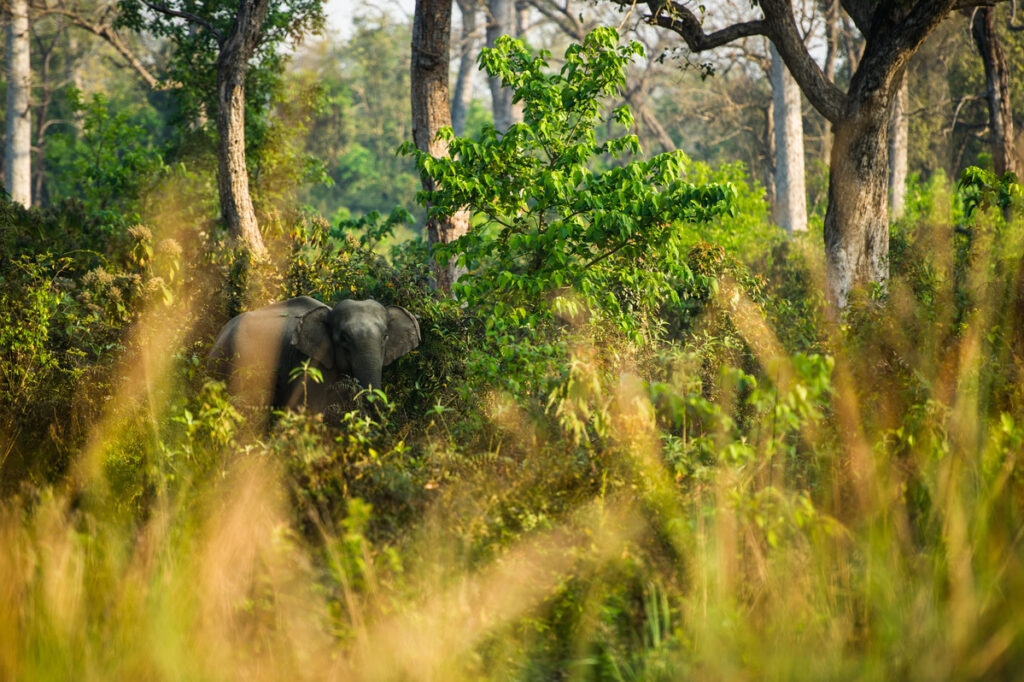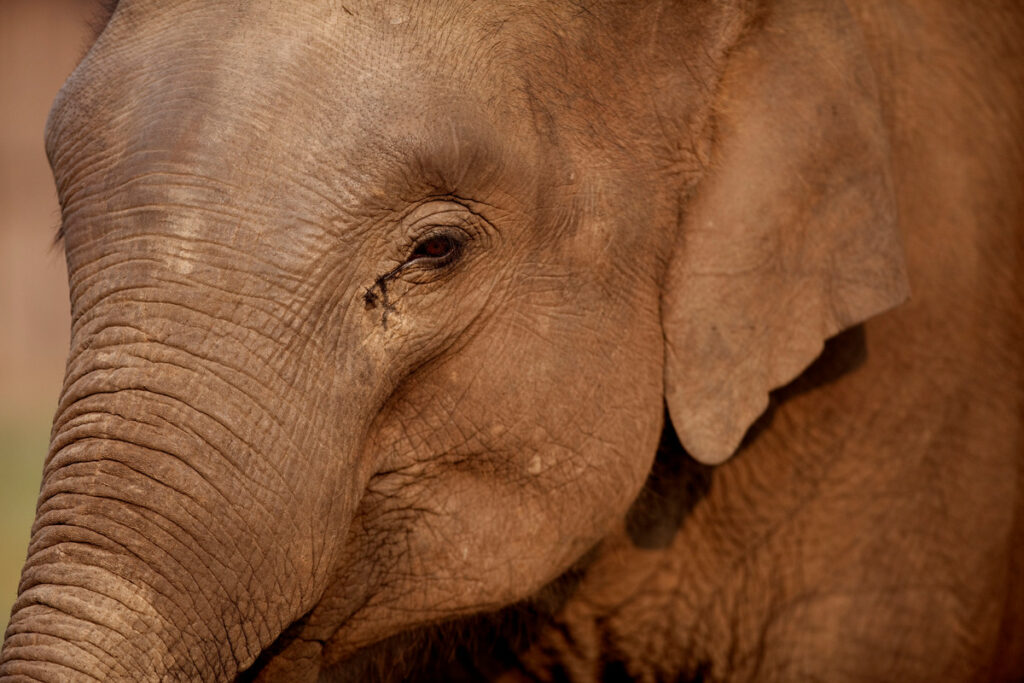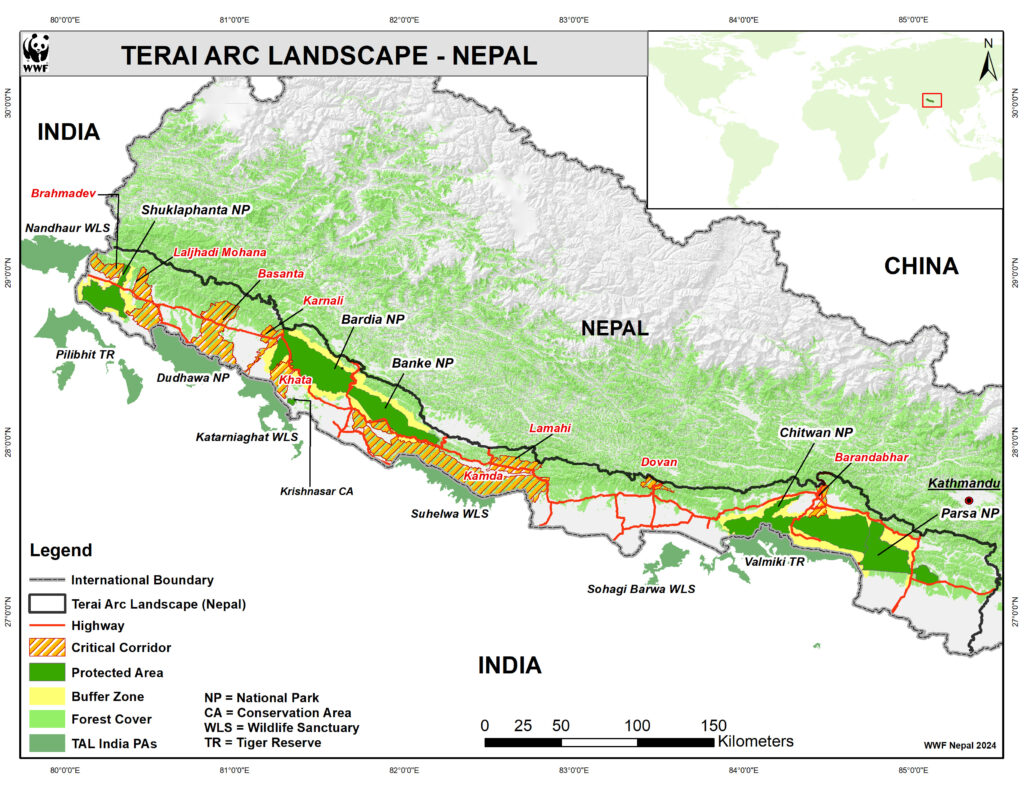Big steps forward: A path to elephant conservation in Nepal
It was the middle of the night when I heard the loud and sudden clanging outside.
I ran to the window to investigate, only to be welcomed with the most amazing sight — a herd of elephants had wandered into the Nepalese village where I’d been staying.

The villagers were banging their kitchen utensils on pots and pans to try to get the massive creatures to leave. But the elephants stayed, huddled around a single calf, trying to protect her.
That rare experience really opened my eyes to the fragile and often fearful relationship between elephants and humans in these rural communities.
On one hand, people across Asia revere elephants as symbols of luck, wisdom and strength. But in the Terai Arc Landscape of Nepal, locals also experience elephants as a direct threat to their farmlands, livelihoods and even their lives.
Decades of habitat loss
Asian elephants, in turn, face big threats stemming from human actions.
Over the past few decades, elephants have lost 80 per cent of their natural habitat to human development.
This drastic decrease has forced them to roam and find food in human settlements, where they’re vulnerable to conflict and retaliatory killings. With shrinking habitats and growing human-elephant conflict, the number of elephants in this region has dramatically declined.
Right now, fewer than 250 wild elephants are left in Nepal. But with the right help, we can implement landscape-level conservation to help protect the remaining elephants and restore the habitats they need for their populations to grow.
What is landscape-level conservation?
For Asian elephants, who need lots of space to roam, landscape-level conservation means securing and protecting existing habitat fragments and corridors in the Terai Arc Landscape so they can regrow naturally and resist further degradation. This will rebuild safe corridors for elephants to travel and avoid human contact.
It also involves using the latest technology — such as motion-sensing cameras, satellite GPS tracking, molecular genetics and conservation drones — to map elephants’ migratory behaviours and monitor corridors. These game-changing tools also help us understand elephants’ use of space and keep an eye on the success of our conservation efforts.
WWF has been using these critical conservation techniques with the Government of Nepal and local partners. But these aren’t quick fixes. They’re long-term solutions that take years of effort and ongoing support from people like you.
Culturally iconic, ecologically essential
Elephants are key to sustaining the health and future of the ecosystems they call home. They’re forest gardeners, dispersing germinating seeds and fertilizing nutrients through their dung. And they’re ecosystem engineers, clearing trails through dense vegetation that allow other species to navigate between and access critical habitats, including food and water sources. Without elephants, we’d lose more than this iconic animal – we’d also lose so much of the diverse ecology of the Terai Arc Landscape that defines this region.
Community collaboration is key to shifting the story
Your support will also help us reduce human-elephant conflict — the single most significant threat to elephants in Nepal right now.

We’re partnering directly with communities to exchange knowledge about Asian elephants and build capacity to manage protected habitat and mitigate human-elephant conflict.
Together, the more we understand about elephants, the better we can support the communities who share the Terai Arc Landscape with them, and the better we can help protect this iconic species. We’re also taking immediate approaches like setting up victim-relief funds and putting up safe physical and biological barriers that deter elephants from croplands.
Because if we don’t work together to protect Asian elephants and their habitats, their already-small population risks shrinking further.
Elephants in Nepal face large threats, but they’re not too big to overcome. Your support can help us give Asian elephants the space and protection they need to thrive.
The future of Nepal’s elephants and ecosystems depends on it.


